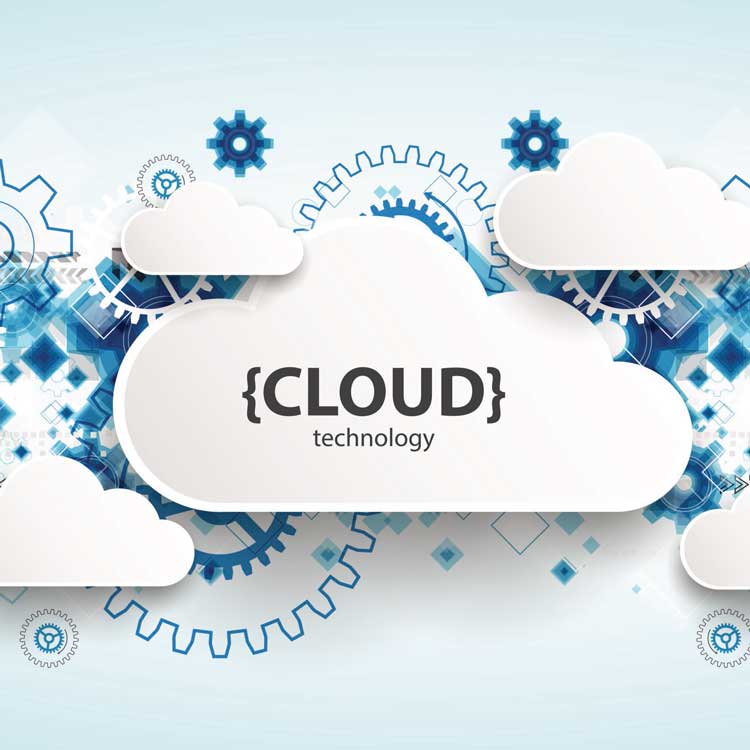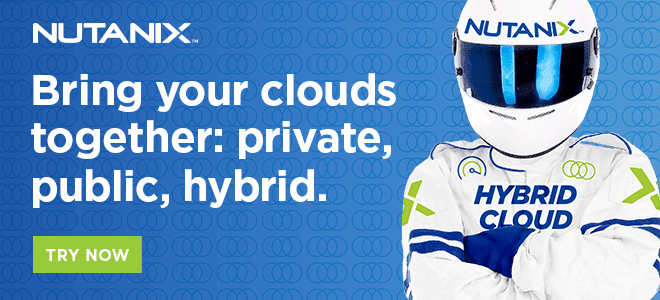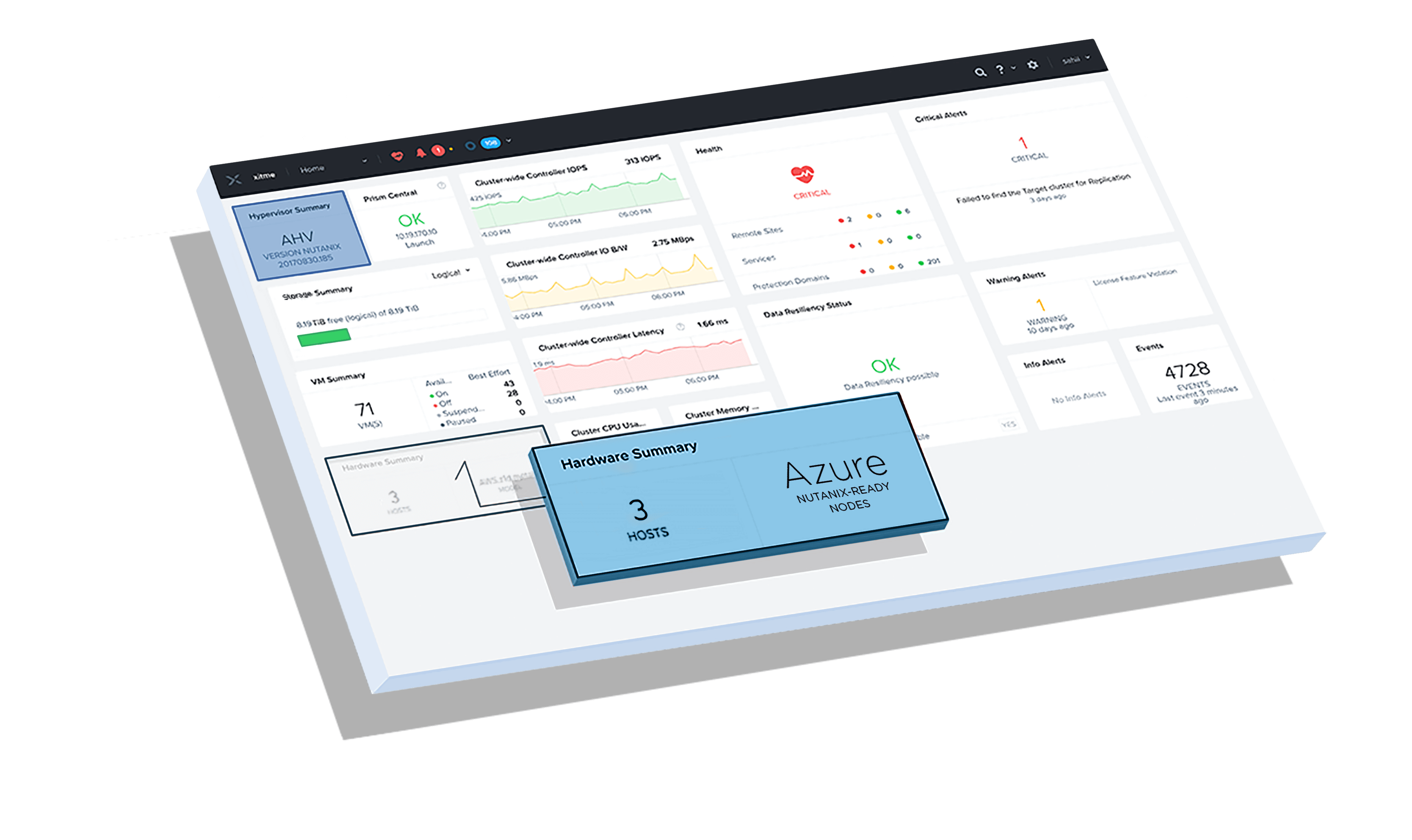Until recently, healing the inherent headaches of hybrid cloud adoption required substantial investments in time, expertise and money. This is starting to change with the introduction of software and services designed specifically to streamline the successful transition to a hybrid cloud environment.
Hybrid clouds are attractive because they help enterprises run IT tasks in the setting that makes the most business sense. Some workloads are most secure in a private, on-premises cloud. On the other hand, some apps deliver the best user experience when present in public clouds.
Indeed, enterprises worldwide crave the flexibility, economy and utility of hybrid and multicloud environments. Eighty-five percent of IT leaders across the globe said that hybrid was the ideal IT operating model, according to the 2019 Enterprise Cloud Index, a survey conducted by Nutanix and Vanson Bourne. 451 Research reported that a majority of enterprises consider hybrid and multicloud to be their optimum IT ecosystem, and more than six out of 10 run at least two different clouds. Forbes, meanwhile, cited a survey revealing that enterprises use an average of five cloud providers.
While more and more want the advantages of hybrid and multicloud architectures, creating, managing and optimizing them can be extremely complex. On-premises data centers and public cloud providers like Amazon Web Services (AWS) and Microsoft Azure typically have substantially different technology architectures. From disruptive competition to emerging healthcare crises, changing marketplace conditions require flexibility to shift applications and workloads quickly and easily between public and private clouds.
“Moving workloads and applications from one place to another causes migration complications like application refactoring, mismatched SLAs, security models, resource reskilling and high migration and operational costs,” said Piyush Saxena – Hybrid Cloud Practice Lead at HCL Technologies, a leading global technology company headquartered in India, in an interview with The Forecast by Nutanix.
Saxena said HCL’s enterprise clients want solutions that reduce the cost and complexity of hybrid clouds. Using new software from Nutanix allows HCL to deliver hybrid and mutlicloud capabilities quicker than ever.
Nutanix pioneered hyperconverged infrastructure, which virtualizes compute, storage and networking in a single software package that’s easy to learn and use. HCL and Nutanix, who have been working together since 2015, announced in the summer of 2020 that HCL will make Nutanix Clusters available to their customers worldwide. This means that enterprises can now offer their customers seamless hyperconverged infrastructure with built-in automation across private and bare-metal Amazon Web Services and soon Microsoft Azure.
Finding Hybrid Solutions for Global Enterprises
Since its establishment in India four decades ago, HCL has evolved into a powerhouse in the enterprise IT solutions business. Today, the company has more than 150,000 employees in 49 countries serving companies in a swath of industries, including automotive, finance, healthcare, energy and retail.
HCL assesses a company’s existing technology challenges and designs better solutions, choosing from a vast assortment of leading technology providers. This requires a deep understanding of the client’s markets, workforces and everyday business challenges, combined with extensive expertise in technologies from Microsoft, Oracle, IBM and other high-tech titans.
As the demand for cloud services exploded over the past decade, HCL needed more options to help global enterprises develop hybrid cloud ecosystems. They found a productive partner in Nutanix, whose suite of hyperconverged infrastructure services simplified many of the confounding challenges of data center management.
Founded in 2009 in Silicon Valley, Nutanix rose to prominence for making it easier to implement and manage virtual environments by substituting abstract hardware like servers and switches with software instances that are much more practical to configure and provision. One of the most imposing — and expensive — challenges of virtualization in hybrid environments is that private, on-premises clouds do not share the same software architecture as public clouds from companies like Google, Amazon and Microsoft.
Nutanix Clusters addresses this challenge by enabling an identical operating environment on private clouds and public cloud services like AWS and Azure. This avoids the need to re-architect applications before moving them between private and public clouds.
“Nutanix Clusters makes it easy to lift-and-shift your applications to get direct access to cloud-native services without expensive rearchitecting,” said Piyush.
Having a single control plane for managing virtual environments is a crucial resource, he added.
“Unified management through Nutanix’s Prism console gives us seamless access and management of cluster resources. In-built migration and disaster recovery capability in Prism allow application migration without any additional tool cost.”
According to Synergy Research Group, AWS and Azure command 33% and 18% of the global market share for public cloud services. This means that companies who are already using Nutanix, Azure and AWS technologies have more options to move across multiple clouds now.
Trade magazine CRN reported, “Clients will also be able to deploy and manage Azure instances from Nutanix‘s management interface, which will deliver a consistent experience, tooling and operational practices.”
Prepared to Handle Sudden Crises
Piyush Saxena of HCL noted that the rapid shift to remote workplaces in response to COVID-19 required enterprises to make their infrastructure more resilient than ever.
“Most companies already have business continuity plans, but those may not fully address the fast-moving and unknown variables of an outbreak like COVID-19,” Piyush said.
Disaster-recovery plans typically apply to natural disasters, cyber intrusions and power outages, he said.
“They don’t generally take into account the widespread quarantines, extended school closures and added travel restrictions that may occur in the case of a global health emergency.”
When IT organizations need more capacity, whether planned or unexpected, Nutanix Clusters allow them to burst workloads into their AWS or Azure landscape.
Customers say that they like the on-demand elasticity of cloud computing. Still, it has been hard for them to use the cloud to burst on-demand because of how current hybrid cloud solutions are architected, according to Nutanix’s Kumar.
“But now, with Nutanix Clusters, it can be a piece of cake,” she said. “It’s literally our customers being able to create a hybrid cloud in less than 30 minutes.”
The ability to move applications and workloads seamlessly across private and multiple public cloud services with speed and efficiency has been the promise of hybrid cloud. Now it is expected.
Tom Mangan is a contributing writer. He is a veteran B2B technology writer and editor, specializing in cloud computing and digital transformation. Contact him on his website or LinkedIn.
© 2020 Nutanix, Inc. All rights reserved. For additional legal information, please go here.














